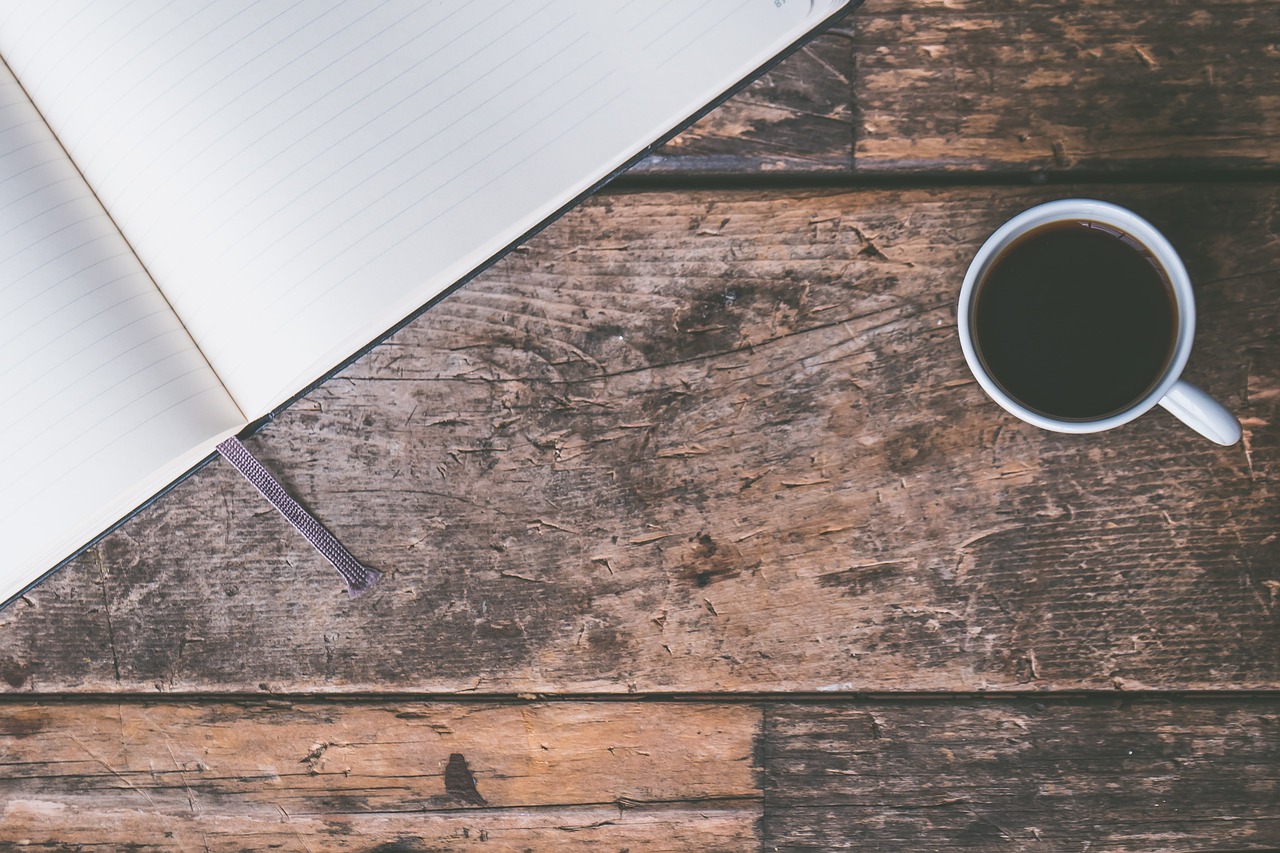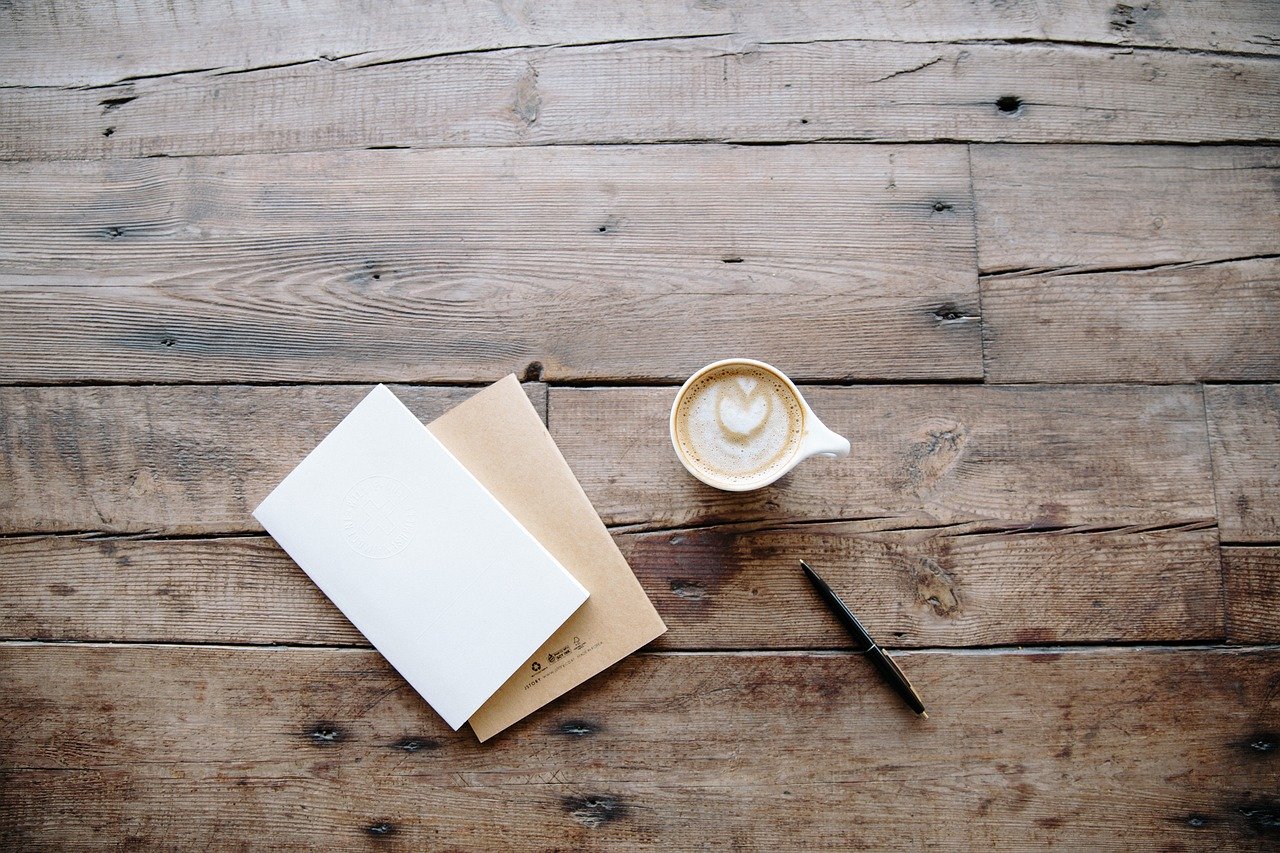Drug and Alcohol Abuse Among Students
Alcohol is, by far, the most accessible drug. The alcohol tolerance of students who first taste beer or wine is very low. If students drink alcoholic beverages regularly (at least three times a month), then their resistance to alcohol increases. And most importantly, risk of psychological attachment increases, which leads to alcohol abuse in college students.
The abuse of drugs and alcohol has now spread at a rate that is worrisome. Drug addiction has become a social calamity. Narcotic substance abuse and alcohol abuse among college students are especially disastrous, as both the present and the future of society are affected. Moreover, the drug market invents more and more new substances and drugs that are not included in the current list of known drugs. As a rule, they are increasingly more malignant, leading to even greater damage to health and society as a whole.
Drugs, alcohol, and college students
First, let’s talk about college students and drugs. The majority of drug users are students under the age of 30. And the growth rate of drug addiction in this age range is the highest. The average age of drug initiation today is 13 years. But cases of drug addiction have already been identified in children of 9 and 10 years old. Selective surveys of adolescents show that 44% of boys and 25% of girls have tried drugs and other psychoactive substances at least once in their life. The number of adolescent drug addicts who first sought medical help has increased by a quarter in recent years alone.
For many students, drugs, including alcohol, are not a social or personal problem; they rather perceive them as part of their daily life. Hence, there is the close relationship of drugs within various spheres of student life: the company of friends, clubs, parties, etc. When talking about middle school students and drugs, they first heard about drugs at the age of 9-10 today, but some even learned about them at the age of 6-7. It is easy to see how drugs are often introduced in children’s games: hunting for drug addicts, running away from drunkards, playing with a found syringe – these are all common games.
It’s important to note how alcohol affects students. No less fatal is the abuse of alcohol, which is also a drug. With the systematic use of alcohol, dangerous diseases and a high incidence of alcoholic psychosis become a major risk. They are not only dangerous to human health but are also practically incurable.
Why do college students turn to drugs?
How do drugs affect students and work? Drugs often cause euphoria, leading to drug dependence and addiction and withdrawal symptoms. Euphoria is a condition when a person experiences a blissfully improved, unreasonably joyful mood. A feeling of contentment and well-being prevails, which does not correspond to the reality. It is for the sake of euphoria that after hearing the stories of drug addicts about it being an “unearthly pleasure” and an “absolute paradise,” students decide to try the drug once, and end up getting caught in addiction.
Sometimes euphoria can be expressed in the slowness of mental processes, lethargy, passivity, and dullness. In this case, the addict easily becomes a victim of violence, compulsion, and may become an accomplice in crimes, such as hooliganism, robbery, and even violence. After euphoria, withdrawal brings the search for a new dose of the drug. Drug addicts quickly become unable to engage in society, and many struggle to break out of this dangerous lifestyle.
Concerning university students and drugs addiction, the consequences can be terrifying. This causes a drastic increase in mortality, a tenfold increase in the number of suicide attempts, and a tenfold increase in the diseases associated with drug addiction: primarily AIDS, infectious hepatitis, venereal diseases, tuberculosis, and other diseases.
According to international statistics, the entire range of diseases associated with drug addiction accounts for about 10% of all deaths and 20% of all hospitalizations. Moreover, at present, about 40% of hospitalizations in psychiatric clinics are teenagers with drug addiction and substance abuse. Drug dealers widely use the tactics of “pulling in the net”: in schools, at parties, and in other places of mass gatherings of students, they sell drugs at ultra-low prices in order to involve as many young people as possible.
We hope that you have not encountered such problems as college students alcohol abuse or drug abuse. We hope that the biggest problems in your studies are related only to homework, but you can easily buy a persuasive essay or any other paper type on EssayBulls.com. Place an order if you need assistance with writing assignments, and we will gladly help you!
Photo by moritz320 from Pixabay




